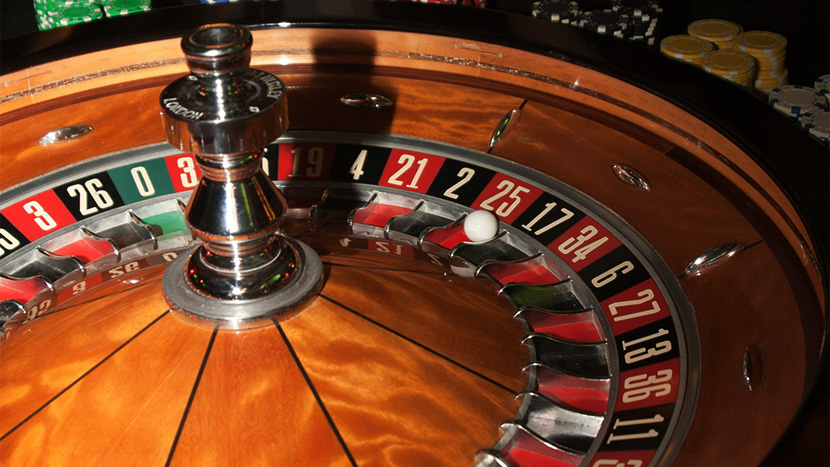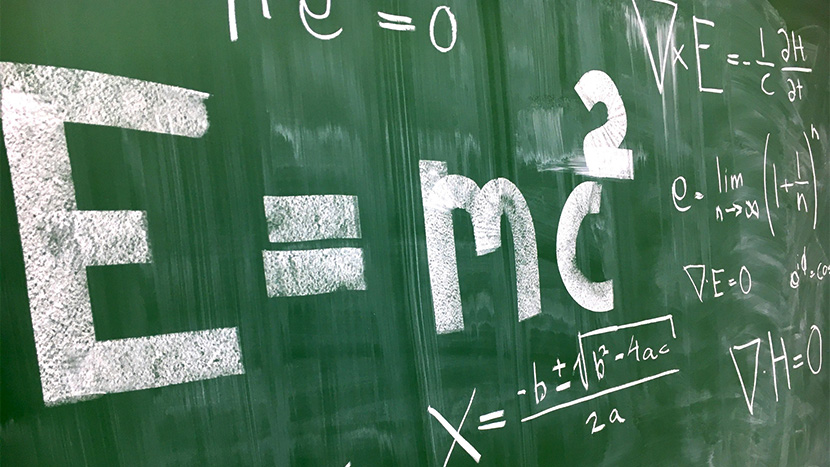Spinning the Wheel of Science: Understanding the Probabilities of Roulette through Physics
Roulette, a world-famous casino classic, skillfully blends simplicity with the intricacies of physics and probabilities.
As this ancient form of chance showcases, its timeless premise of a small ball spinning around a wheel until landing in one of 37 or 38 pockets provides a fascinating study of how mathematics intersects with physical law.
By exploring each component that influences each spin–including wheel construction, ball trajectory, and randomness inherent to its design–, this article seeks to illuminate how these factors combine to make roulette unpredictable yet captivating and an unpredictable yet captivating undertaking.
Basics of Roulette Mechanics
The basic setup for roulette involves a wheel divided into 37 equal segments from 0 to 36 (for European versions), with an additional slot for 00 in American variants. Here’s how this setup affects gameplay:
- Design of the Wheel: Each number on the wheel alternates between being colored red or black; zero is colored green. These nonsequential orders aim to produce random outcomes.
- Ball Dynamics: To operate this game, the croupier rotates a wheel in one direction while rolling a small ball along its tilted circular track in the opposite direction. The ball’s movement can be divided into two distinct phases—one being fast spinner mode, while another slows it down before eventually dropping into its respective numbered pockets.
To truly grasp ball dynamics, it is critical to appreciate that material, surface smoothness, and inner wheel surface influences are significant in shaping its trajectory. When slowing, subtle forces such as air resistance and gravitational pull become more noticeable until eventually leading the ball toward an ideal pocket—an apparent straightforward process that, however, encapsulates numerous physical principles from aerodynamics to classical mechanics.
Probability in Roulette
Probability plays an essential part in predicting the outcomes of games of roulette. Each wheel spin represents an independent event; probabilities reset with every new game. Here is what this looks like practically:
- Single Number Betting: The odds of landing on any particular number in either American roulette (37/38 spins) or European roulette (18 spins/28 spins), are approximately 2.7% to 2.63% respectively. Betting systems do not increase chances of victory over time as each spin stands on its own merit.
- Betting Strategies: Although odds remain constant, certain betting strategies such as Martingale or Fibonacci utilize patterns of increasing and decreasing bets to manage losses more effectively and manage financial risk and reward more successfully. While these systems do not change statistical odds in favor of winning, they focus on managing financial risks and rewards rather than changing statistical odds themselves.
Probabilities can be complicated. To simplify them further, even odds bets (red or black, even or odd) offer close to 50% chances of winning each spin, although this number may change slightly due to zero slots (zero slot(s). Even odds bets such as red/black/even or odd are appealing options for conservative bettors who appreciate close odds – this makes European roulette’s house edge stand at about 2.7% while American’s is higher at 5.266% due to an additional double zero slot(s).
Furthermore, understanding variance and house edge can greatly impact player strategy; European’s house edge stands at 2.7% while American’s is higher due to double zeroes added into its equation (5.26% in total loss compared to European’s 2.7% for Americans).
Understanding variance/house edge can profoundly impact player strategies when used strategically by knowing both concepts: players. Understanding variance and house edge can significantly impact strategy when applied strategically when used effectively, when used correctly, when used strategically against different styles of roulette playing style due to more extensive usage by more experienced players versus using techniques used when betting (ie European 2.7% when vs American with its double zeroes provides higher average losses due to this difference between both versions).
Physics’ Role in Predicting Roulette Outcomes
Physicists have studied roulette wheels extensively to understand how physical variables may impact their outcome. Here are key influences that determine where the ball lands:
- Wheel Imperfection: Over time, roulette wheels may develop imperfections like slight tilts or worn bearings that could compromise their random nature and alter outcomes. For this reason, professional casinos take measures to monitor and calibrate their equipment regularly to eliminate biases from occurring.
- Initial Conditions: These initial conditions include the speed and direction of both wheel and ball as well as where and when they’re released. In an ideal environment, they could all accurately predict an outcome; however, due to natural variability and casino control measures, they’re much harder to predict accurately in real-life settings.
Transitioning to Online Roulette
As technology has advanced, traditional casino games like roulette have found new life online. Many online roulette websites employ similar principles of physics and probability as physical roulette tables do; here is how this transition affects gameplay:
- Digital Randomization: As physical wheels are subject to physical laws, online roulette relies on software algorithms known as Random Number Generators (RNGs) to randomize each spin’s outcome. Understanding RNGs helps ensure players can trust the integrity of online roulette websites.
- Accessibility and Convenience: Online roulette websites make it easier for players to enjoy this classic game from the comfort of their homes. They offer greater accessibility for a more diverse range of players to experience its pleasures and challenges, which can attract a larger pool of newcomers who may never encounter it otherwise.
- Outcomes of the game: Rotor Speed, or the speed at which a roulette wheel spins, is integral to its outcome. Skilled players may attempt to predict outcomes by correlating rotor speed with deceleration; however, casinos counter these strategies by changing rotor speeds between spins. Additionally, the chaotic nature of the ball bouncing adds another level of randomization that heightens the excitement of play and underlines the unpredictability and excitement of gameplay.
Practical Takeaways
For enthusiasts hoping to comprehend better or appreciate roulette, here are three takeaways from its science.
- Randomness Is King: Embark on an Experience: Recognizing that roulette is designed for unpredictability can help create suspenseful moments rather than trying to anticipate its outcome. Enjoy its thrills instead.
- Gaming Strategy: For optimal betting success, implement a betting strategy that enables you to use your funds efficiently. Remember that no strategy can alter the actual odds of the game itself.
Educational Insight:
Play the game as a casual way of understanding basic physics and probabilities. Watching how its speed decreases due to gravity and friction can illustrate these fundamental principles.
The roulette wheel vividly demonstrates physics and probability laws, offering players an exciting learning experience in this centuries-old game. Adopting a strategic betting approach extends playtime and enjoyment while understanding its mechanics deepens an already deep experience of this centuries-old game.
Conclusion
While roulette may appear simple in play, its inner workings contain intricate physical and mathematical theories.
Understanding their depth enhances your enjoyment of this casino classic and can deepen your appreciation. No matter if you are a casual player, serious gambler, or curious scientist, learning the science of its workings provides deeper respect for how chance, physics, and probability play out through the movements of its spinning wheel – enriching gaming experiences while celebrating roulette as the epitome of science vs chance!


































































































